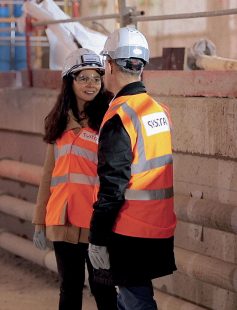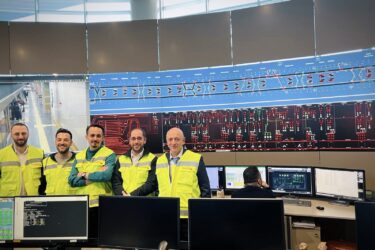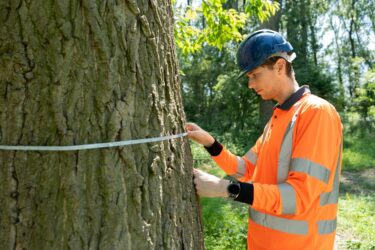LA CONFIANCE TRANSPORTE
LE MONDE
La vision Systra
Nous sommes engagés pour une mobilité plus innovante et plus durable, et vous ?
 NOS ACTIVITÉS
NOS ACTIVITÉSSYSTRA accompagne ses partenaires et ses clients sur tous types de projets de transport, et sur l’ensemble de leur cycle
de vie.
 NOS PROJETS
NOS PROJETSNous sommes fiers de nos projets, qui contribuent à fluidifier les déplacements et à rapprocher les populations partout dans le monde.
 NOS MÉTIERS
NOS MÉTIERSNous déployons une large palette de métiers, incarnés par des collaborateurs passionnés.
 NOS CHIFFRES CLÉS
NOS CHIFFRES CLÉSVisualisez la situation du Groupe en un clin d’œil !
Alessia, BIM Manager, France
J’ai le sentiment de faire partie d'une communauté qui voit loin. SYSTRA n’est pas un acteur passif de la transition numérique, il en est au contraire un catalyseur.
Guillaume, Transport Planner, Australie
J’ai l’opportunité de m’investir sur des projets qui me tiennent à cœur puisqu’ils aident nos collectivités à répondre aux enjeux climatiques actuels.
Nous avons la chance d’exercer depuis plus de 60 ans un métier qui a du sens par lui-même : concevoir et construire des solutions de mobilité pour tous.
La mobilité interne se reflète dans le programme de mobilité internationale de SYSTRA, qui m’a donné l’occasion de m’installer au Royaume-Uni, pour travailler sur HS2.
La particularité de SYSTRA est de lier l’identité technique des projets à une démarche de conception durable.
Relever des défis quotidiens qui se transforment en expérience, tout en ayant des opportunités de mobilité.
 Arabie Saoudite
Arabie Saoudite  Australie
Australie  Brésil
Brésil  Canada
Canada  Chine
Chine  Corée du Sud
Corée du Sud  Danemark
Danemark  France
France  Inde
Inde  Indonésie
Indonésie  Irlande
Irlande  Italie
Italie  Malaisie
Malaisie  Norvège
Norvège  Nouvelle-Zélande
Nouvelle-Zélande  Pologne
Pologne  Royaume-Uni
Royaume-Uni  Singapour
Singapour  Suède
Suède  Taïwan
Taïwan  Thaïlande
Thaïlande  USA
USA  Vietnam
Vietnam 




